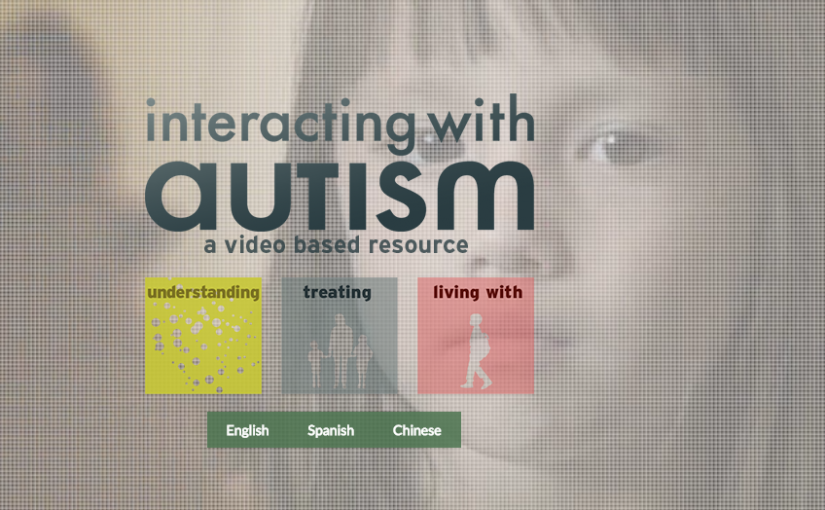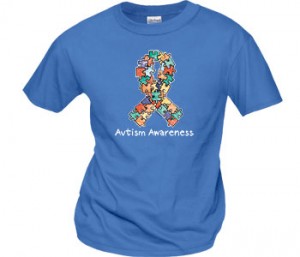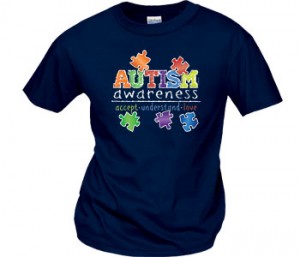Students with Asperger’s syndrome present a unique set of challenges—challenges that many teachers are not provided with the appropriate training for. This can make welcoming a student with Asperger’s into the classroom seem daunting.
Fortunately, there are a lot of resources available to help teachers fill the gap and educate themselves, so they can make learning a positive experience and help students with Asperger’s feel comfortable and empowered, while managing the disorder’s more challenging traits.
Here, we’ve pulled resources from the Internet’s most authoritative Asperger’s resources to serve as a guide for teachers seeking to learn about Asperger’s and how to support students with this condition in the classroom.
What is Asperger’s Syndrome?
Asperger’s syndrome is a pervasive developmental disorder (PDD). PDDs are a set of conditions that affect a person’s ability to develop basic skills, such as the ability to engage socially and use the imagination.
Children with Asperger’s are typically of average or even above-average intelligence, and although they can struggle to communicate, they have close to normal language development.
Kids with Asperger’s may act eccentrically or make repetitive movements, struggle with change to their routine, and have coordination problems. However, they are also extremely enthusiastic about their interests and highly talented in particular areas such as music or math.
Learn more:
Asperger’s Syndrome, WebMD
Asperger’s in the Classroom
Because students with Asperger’s tend to be highly intelligent, they usually function well in most aspects. However, they struggle to relate to other students, make friends, and participate in group activities in the classroom.
They are also prone to outbursts or tantrums, which can seem sudden, but are likely related to their struggle to communicate or to cope with a busy environment, etc. It can help a student with Asperger’s to cope if you can provide a “quiet space” s/he can retreat to when feeling over-stimulated.
Students with Asperger’s become anxious in unstructured settingswhere people are moving at random, and struggle with change to their regular routine—such as a substitute teacher.
Learn more:
Understanding the Student with Asperger’s Syndrome, OASIS @ MAAP
Challenges for Asperger’s Students, My Aspergers Child
Helping Asperger’s Students Succeed
Because of the unique challenges discussed above, students with Asperger’s syndrome have different support needs in the classroom compared to typically-abled students. There are a lot of ways teachers can modify their lessons and approach to help Asperger’s students succeed.
For example, it can help students with Asperger’s to have visuals that illustrate their daily schedule, and to get as much warning as possible of any upcoming change to the normal routine. They tend to take language very literally, so avoid slang or metaphors when addressing a student with Asperger’s, and give directions in short and direct sentences. Keep an eye out for when the student shows signs of feeling overwhelmed, and help the student break away for quiet time to regroup.
These are only a few of many ways teachers can help students with Asperger’s find success. Teachers should also be aware of all relevant laws and tools available to them, such as the school’s special education specialists and the student’s Individualized Education Program (IEP).
Learn more:
Classroom Tips for Students with Aspergers, School Behavior
Teaching Strategies for Asperger Students, Johns Hopkins School of Education
Individual Education Programs, Organization for Autism Research
Promoting Understanding with other Students
Because students with Asperger’s struggle to make social connections, they have a hard time connecting with their peers and forming friendships. In their eagerness to make friends, they can develop a willingness to do almost anything to participate—something their peers may sometimes take advantage of. They often cannot discriminate between positive play and mean-spirited actions against them.
Research has shown that when students are given clear and accurate information about Asperger’s, they are more sympathetic to and accepting of peers with the disorder. Take the time to educate the other students in the class about what Asperger’s is, emphasizing the value of diversity and highlighting both the strengths and weaknesses of those with Asperger’s.
Meet with the school psychologist and the student’s parents beforehand to ensure everyone is on the same page about what to say, and don’t disclose the student’s name during the talk unless the parents and the student both agree to it.
Learn more:
Helping Kids Understand Aspergers, School Counseling by Heart
6 Steps to Success for Asperger Syndrome, Organization for Autism Research
Helping Peers Support Students with Autism, Autism Speaks
Working Together
Parents can be your best ally when it comes to addressing issues and finding what will work best for an Asperger’s student in the classroom. It’s best to maintain regular communication with the parents, and don’t be afraid to ask questions—most likely, they’ll be impressed that the teacher is putting forth the effort to learn more.
Teachers should also take advantage of additional support resources available to them, too. Most schools will have a school psychologist and special education specialists who can provide additional insights into how to help an Asperger’s student succeed.
There is also an abundance of information to help teachers understand and support students with Asperger’s online.
Resources:
Teachers and Administrators, Autism Speaks
An Educator’s Guide to Asperger’s Syndrome, Danya International Inc. and the Organization for Autism Research
The Complete Guide to Teaching Students with Aspergers and High-Functioning Autism, My Aspergers Child
Unique Challenges, Unique Strengths
A student with Asperger’s brings a unique set of strengths and challenges to the classroom, for themselves, the teacher, and the class overall. But with patience, education, and understanding, a student with Aspergers can do well in a traditional classroom setting.










